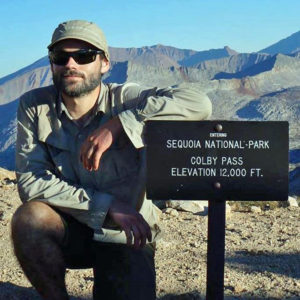Backcountry Safety

Basic Training is a Necessity
In a level 1 course, you will learn the basics of avalanches, what causes them, how to asses avalanche danger, how to safely travel in the backcountry, and how to rescue avalanche victims before it’s too late. There’s no digging yourself out of an avalanche if you are fully buried—your only chance is for your buddy to rescue you before you run out of oxygen.
To learn more about avalanche courses, check out this website.
Read Up on the Dangers
Have the Right Gear
• Beacon
• Metal shovel
• Probe
Travel in Small Groups
Never go alone. If you are injured or buried in an avalanche and there is nobody to rescue you, then all that expensive safety gear you bought won’t mean anything. There is about a 10 minute time window before you run out of oxygen, and if you aren’t rescued before then, you’re a goner.
It’s also a good idea to not travel in large groups, as this can make safety more challenging. Large groups tend to feel safer, take more risks, and put more weight on the snowpack. Statistics show that large groups experience more burials and fatalities than small groups, with groups of 3-4 being most ideal.
Read the Avalanche Forecast
Most areas that see frequent backcountry travel have an avalanche forecast service. This is one of your best resources for understanding daily risk and knowing if you should go or not. Most people read the report DAILY during the winter to better understand the snowpack, and you should too.
Avalanche.org has an interactive map for the western half of the United States and will direct you to your local forecasting agency. The following are localized resources for some of the most popular areas:
• Sierra Avalanche Center (California)
• Mt. Shasta Avalanche Center (California)
• Bridger Teton Avalanche Center (Wyoming)
• Sawtooth Avalanche Center (Idaho)
• Northwest Avalanche Center (Washington State)
Take Additonal Safety Measures (wear an airbag)
In addition to wearing an airbag, it’s not a bad idea to take a standard first aid course or a wilderness first aid course. Traumatic injuries are responsible for over a ¼ of avalanche fatalities. If your buddy gets caught in a nasty one, especially below tree line, there is a very real chance that he will need immediate first aid.
